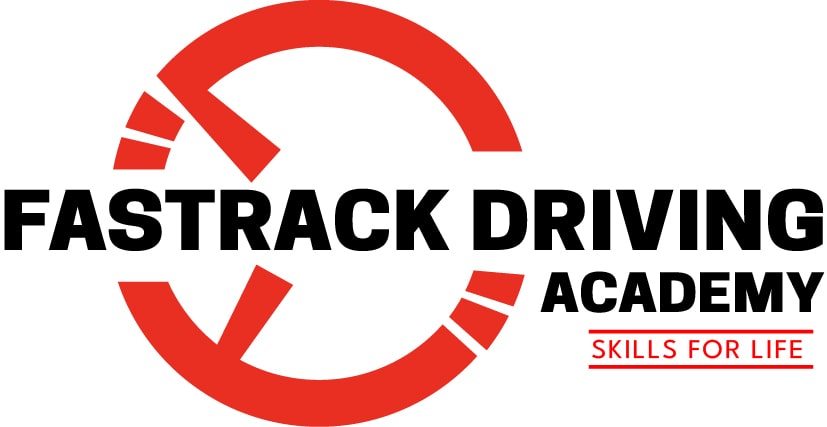Airbrake Training and Testing: What to Expect & Why It Matters
Discover what to expect during airbrake training and testing in Alberta. Learn the process, benefits, and steps to earn your Q endorsement and boost your driving career.

Airbrake training is a vital part of commercial driving education in Alberta, ensuring that drivers understand and safely operate heavy-duty vehicles. With commercial vehicle safety being a priority on Canadian roads, airbrake training and testing is not just a requirement—it's a critical skill set that enhances public safety and driver confidence.
Whether you’re a new student or considering upgrading your license, understanding what to expect during airbrake training and testing can make the process smoother and more successful.
Significance of Airbrake Training and Testing
Proper airbrake training goes beyond passing a test—it establishes a foundation for responsible driving and long-term road safety. Here's why this training is significant:
1. Ensures Public and Driver Safety
Airbrake systems are complex and powerful. Improper usage or lack of knowledge can lead to system failures, accidents, and even fatalities. The Government of Alberta’s air brake program mandates specific training standards to reduce such risks and make roads safer for everyone. The structured curriculum ensures that drivers fully understand air supply systems, brake lag, and emergency protocols.
2. Builds Strong Technical Understanding
Airbrake training helps drivers understand the mechanical and pneumatic systems behind modern commercial braking technology. A strong theoretical foundation allows drivers to troubleshoot problems before they escalate.
If you’re just beginning your learning journey, check out our Beginner’s Guide to How Airbrakes Work to grasp essential components like dual air systems, spring brakes, and air tanks.
3. Enhances Career Opportunities
Holding an Air Brake (Q) endorsement on your Alberta license opens up more job opportunities in trucking, construction, transit, and logistics. Employers often seek drivers with airbrake certification because it shows competence, responsibility, and readiness to handle heavier equipment safely.
4. Prepares You for Real-World Scenarios
Airbrake training doesn’t just teach theory—it involves practical, hands-on learning. You'll simulate real-life driving situations, inspect vehicle systems, and perform braking maneuvers. This ensures you’re not just memorizing concepts but applying them confidently on the road.
To avoid delays or test failures, read our blog on Avoiding Common Mistakes in Airbrake Training. It outlines practical tips for preparation, mindset, and understanding test criteria.
5. Complies with Legal and Insurance Requirements
Operating a commercial vehicle with airbrakes without the appropriate certification is illegal and voids insurance coverage. Completing a recognized training program ensures full legal compliance and protects you and your employer from liabilities.
Step-by-Step Guide: What to Expect During Airbrake Training and Testing
Understanding what the airbrake course involves will help you prepare mentally and practically. Here's a detailed breakdown of what to expect:
Step 1: Enroll in a Certified Airbrake Course
To begin, register with a certified Alberta driving school that offers airbrake training, such as Fastrack Driving Academy. The program typically includes:
-
6.5 hours of theory instruction
-
2.5 hours of practical hands-on training
Make sure the school follows the curriculum standards set by Alberta Transportation.
Step 2: Attend In-Class or Online Theory Sessions
The classroom portion covers critical topics such as:
-
Air supply system components
-
Service and parking brakes
-
Brake lag and stopping distances
-
Manual and automatic slack adjusters
-
System failure response
You’ll also learn proper terminology and safety procedures, enhancing your understanding of how brakes operate under different conditions.
Step 3: Complete the Practical Hands-On Component
The practical portion involves working directly with an air-equipped vehicle. You'll learn how to:
-
Conduct a full airbrake inspection
-
Check air compressor operation
-
Perform leak tests
-
Drain air tanks
-
Identify emergency situations
This hands-on experience solidifies your theoretical knowledge and boosts your confidence.
Step 4: Write the Knowledge Test
Once you’ve completed the course, you’ll take a written exam at a registry office. The test usually consists of 30 multiple-choice questions. You must score at least 25/30 to pass.
To improve your chances, check out helpful prep resources like this guide from Universal Technical Institute, which breaks down the core functionality of airbrake systems and offers test tips.
Step 5: Add the Q-Endorsement to Your License
After passing the knowledge test, the Q endorsement will be added to your Alberta driver’s license. This certifies that you are legally allowed to operate airbrake-equipped vehicles within your license class.
Airbrake training and testing is more than a legal formality—it’s a crucial part of becoming a safe, reliable, and confident commercial driver. From understanding complex systems to practicing real-world applications, each part of the process prepares you for a successful driving career.
If you're curious about how airbrakes work or want to avoid the most common mistakes during training, don't miss our blog post: A Beginner’s Guide to How Airbrakes Work.
Ready to get started? Book your airbrake training session today with Fastrack Driving Academy—your trusted partner in commercial driver education.
What's Your Reaction?
































